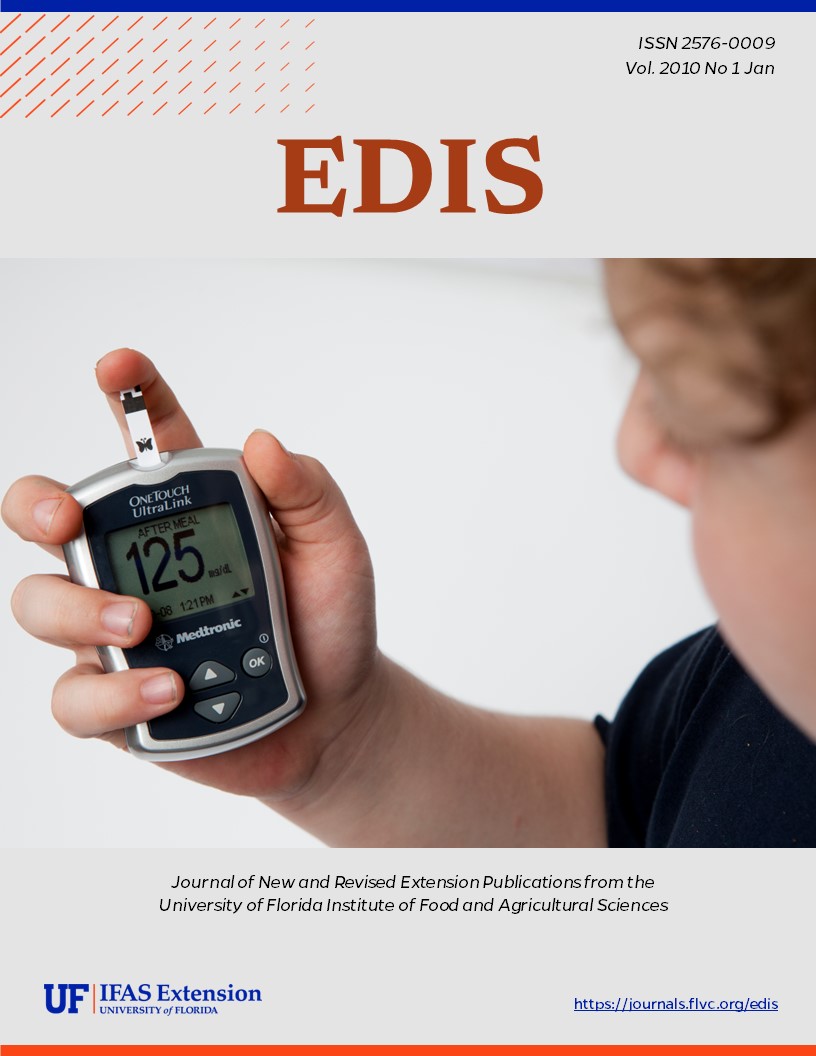Abstract
FE824, an 8-page fact sheet by Tatiana Borisova and Fritz Roka, reviews the basic components of a water quality credit trading program and discusses opportunities and challenges associated with a water quality credit trading program design. Includes references. Published by the UF Department of Food and Resource Economics, December 2009.
FE824/FE824: Water Quality Credit Trading: General Principles (ufl.edu)
References
Abdalla C., T. Borisova, D. Parker, and K. Saacke Blunk. 2007. Water quality credit trading and agriculture: Recognizing the challenges and policy issues ahead. Choices 22(2). http://www.choicesmagazine.org/2007-2/index.htm
FDACS/OAWP. 2004. Agricultural BMPs at a Glance. Florida Department of Agriculture and Consumer Services, Office of Agricultural Water Policy. Tallahassee, FL. http://www.floridaagwaterpolicy.com/AtaGlance.html
FDEP. 2009. Watershed Management: Basin Management Action Plans. Florida Department of Environmental Protection, Tallahassee, FL. http://www.dep.state.fl.us/Water/watersheds/bmap.htm
FDEP. 2008. Watershed Management: Water Quality Credit Trading and the Pollutant Trading Policy Advisory Committee. Florida Department of Environmental Protection, Tallahassee, FL. http://www.dep.state.fl.us/water/watersheds/ptpac.htm
McCann, L., B. Colby, K.W. Easter, A. Kasterine, and K.V. Kuperan. 2005. Transaction cost measurement for evaluating environmental policies. Ecological Economics 52: 527-542. https://doi.org/10.1016/j.ecolecon.2004.08.002
Migliaccio, K.W. and B.J. Boman. 2006. Total maximum daily loads and agricultural BMPs in Florida. Electronic Data Information Source (EDIS) AE388. Agricultural and Biological Engineering Department, University of Florida, Gainesville, FL. http://edis.ifas.ufl.edu/AE388 https://doi.org/10.32473/edis-ae388-2006
U.S. EPA. 2009a. Water Quality Trading. United States Environmental Protection Agency, Washington, D.C. http://www.epa.gov/owow/watershed/trading.htm
U.S. EPA. 2009b. Effluent Limitation Guidelines: Frequent Questions. United States Environmental Protection Agency, Washington, D.C. http://www.epa.gov/guide/questions/
U.S. EPA. 2009c. National Pollutant Discharge Elimination System (NPDES). United States Environmental Protection Agency, Washington, D.C. http://cfpub.epa.gov/npdes/
U.S. EPA. 2009d. Impaired Waters and Total Maximum Daily Loads. United States Environmental Protection Agency, Washington, D.C. http://www.epa.gov/OWOW/tmdl/
U.S. EPA. 2008a. Region 4 Nonpoint Source: Nonpoint Source Programs and Success Stories in the Southeast. United States Environmental Protection Agency, Washington, D.C. http://www.epa.gov/region4/water/nps/
U.S. EPA. 2008b. Polluted Runoff (Nonpoint Source Pollution): What Is Nonpoint Source (NPS) Pollution? Questions and Answers. United States Environmental Protection Agency, Washington, D.C. http://www.epa.gov/owow/nps/qa.html

